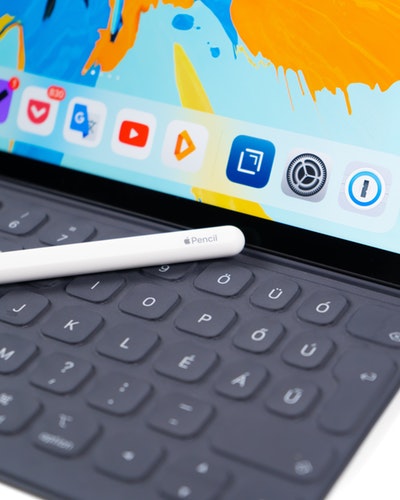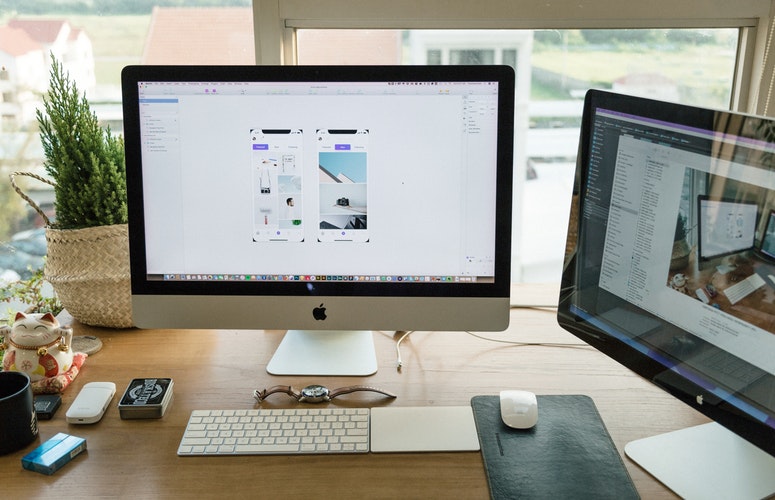
There are some essential rules you should follow while working with remote clients
May 15, 2025
How do you persuade a targeted audience to open your emails?
May 17, 2025 The logo is the substance of any brand — the initial introduction — so it’s Design is to a great degree critical. At the point when executed accurately, a logo is an effective advantage for your customer’s image. Be that as it may, making a viable visual representation of a brand obliges considerably more than simply visual depiction.
The logo is the substance of any brand — the initial introduction — so it’s Design is to a great degree critical. At the point when executed accurately, a logo is an effective advantage for your customer’s image. Be that as it may, making a viable visual representation of a brand obliges considerably more than simply visual depiction.
Like any line of work that includes an arrangement of particular abilities, logo Design obliges a lot of practice and experience for it to be fruitful; information is doubtlessly control for any Graphic Designer. Hence, we have sketched out 12 key tenets to follow so as to design a viable logo.
Tips on designing a logo for website
Elementary preparation is the 1st step
Preparatory representations are a critical initial phase in planning a viable logo. These can be as basic as paper and pen drawings or drafts made utilizing a vector system, for example, Illustrator. What really matters is that you trade off the last result in the event that you surge, or skirt, this stride. Begin with 20 to 30 portrayals or thoughts and after that branch out to make varieties of the first thoughts. In the event that nothing appears to work, begin once again and start portraying new thoughts.
A successful visual originator will invest more energy in this preparatory work than some other stride in the design process.
Make BALANCE
Parity is imperative in logo plan in light of the fact that our brains actually see an adjusted design as being satisfying and engaging. Keep your logo adjusted by keeping the “weight” of the representation, hues, and size equivalent on every side. In spite of the fact that the tenet of equalization can sometimes be broken, recall that your logo will be seen by the masses, not only those with an eye for extraordinary craftsmanship, so an adjusted configuration is the most secure methodology.
SIZE MATTERS
In the matter of logo configuration, size does make a difference. A logo needs to look great and be readable at all sizes. A logo is not powerful in the event that it loses a lot of definition when downsized for letterheads, envelopes, and little special things. The logo likewise needs to search great when utilized for bigger arrangements, for example, blurbs, announcements, and electronic configurations, for example, TV and the Web. The most solid approach to figure out whether a logo lives up to expectations at all sizes is to really test it yourself.
Note that the littlest scale is typically the hardest to get right, so begin by printing the logo on a letterhead or envelope and check whether it is still decipherable.
You can likewise test for vast scale rendering by printing a notice measured adaptation at a print shop.
Sharp employ of colour
Shading hypothesis is mind boggling, yet architects who comprehend the nuts and bolts have the capacity to utilize shading further bolstering their good fortune. The fundamental standards to remember are:
Utilization hues close to one another on the shading wheel (e.g. for a “warm” palette, use red, orange, and yellow tones).
Try not to utilize hues that are bright to the point that they are no picnic for the eyes.
The logo should likewise look great in highly contrasting, grayscale, and two hues.
Breaking the standards once in a while is alright; simply verify you have a justifiable reason motivation to!
Knowing how hues inspire sentiments and mind-sets is likewise imperative. For instance, red can bring out sentiments of animosity, affection, enthusiasm, and quality.
Remember this as you experiment with diverse shading mixes, and attempt to coordinate the shading to the general tone and feel of the brand.
Playing around with individual hues all alone is another smart thought. A few brands are unmistakable exclusively by their particular shading. Case in point, when you consider John Deere, you think about the “John Deere green” shading, and this separates this brand from its rivals and, all the more significantly, makes the brand all the more conspicuous.
Design should portray the company
You can utilize different design styles when making a logo, and to pick the right one, you ought to have some foundation data about the customer and the brand. Research your customer and its gathering of people before you start your preparatory work.
This will help you focus the best design style from the begin and spare you from needing to return over and again to the planning phase.
Plan a good typography
Picking the right textual style sort and size is a great deal more troublesome than numerous learner fashioners figure it out.
In the event that your logo design incorporates content, either as a feature of the logo or in the slogan, you will need to invest energy dealing with different text style sorts — regularly, many them — and testing them in your configuration before settling on an official conclusion.
Attempt both serif textual styles and sans-serif text styles and in addition script, italics, striking, and custom textual styles.
Consider three principle focuses when picking a text style to go with your logo plan:
Maintain a strategic distance from the most regularly utilized textual styles, for example, Comic Sans, or else your configuration may appear to be awkward.
Verify the text style is clear when downsized, particularly with script textual styles.
One text style is perfect, and maintains a strategic distance from more than two.
Emphatically consider a custom text style for your outline. The more unique the text style, the more it will recognize the brand.
Recognition is the goal
The general purpose of making a logo is to fabricate brand acknowledgment. Anyway, how would you go about doing this?
All things considered, it fluctuates from case to case, yet the objective with the logo is for the normal individual to in a split second conjure the brand.
The way to making a prominent and unmistakable logo is to consolidate the greater part of the components talked about in this article: size, style, shading, typography, and creativity.
Neglecting any of these amid the configuration procedure will disable the nature of your last plan. Look at your own logo plan and see whether it meets these criteria.
A speedy test to figure out whether your logo is sufficiently unmistakable is to rearrange it utilizing any visual communication programming and check whether you can even now perceive the brand. Moreover, you ought to reflect the logo and check whether it’s effectively conspicuous in this state.
Remember that logos aren’t generally seen head-on in genuine circumstances, for instance, in favour of a transport or a bulletin that you drive by.
Consequently, you ought to make a point to see your logo design from all edges and guarantee that it’s conspicuous from any bearing before submitting it to your customer.
Set out TO BE DIFFERENT
To emerge from the opposition, you must separate yourself as a fashioner with a particular style. As opposed to duplicate another plan or style, be inventive and emerge from the group.
Things being what they are, by what method would you be able to appear as something else? Have a go at breaking the principles of configuration and going out on a limb.
Attempt a mixed bag of styles to locate the particular case that works best for your customer. Attempt diverse shading mixes until you discover one that makes your design genuinely unique. Mess around with the configuration program you utilize, and continue tweaking the design until you feel you’ve hit the nail on.



